Dust Hazard Analysis (DHA)
Safeguard your operations and protect your personnel, equipment, and assets from the risks associated with combustible dust. Our Dust Hazard Analysis service at Wire Consultancy is designed to help businesses identify and mitigate potential hazards associated with combustible dust. By opting for our service, clients can achieve a safer working environment, prevent dust explosions or fires, and ensure compliance with relevant safety regulations.
We Strive to Drive
Safety Culture

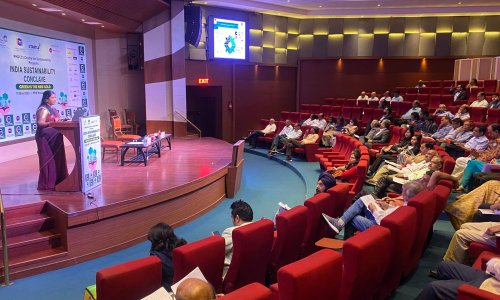
Trusted by



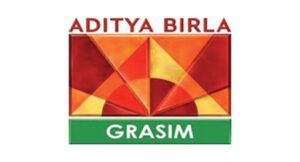
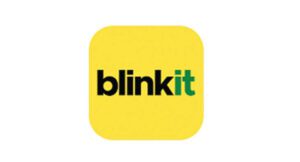
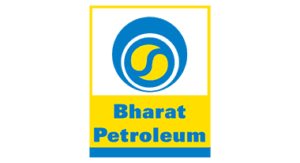

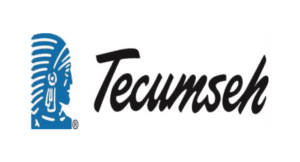


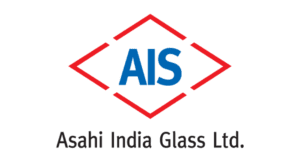

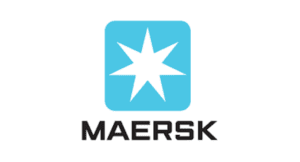

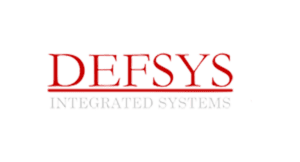
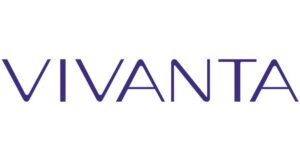
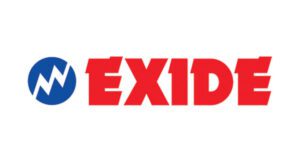
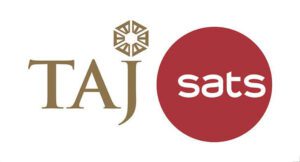
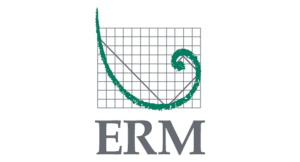



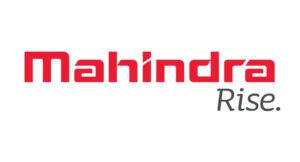
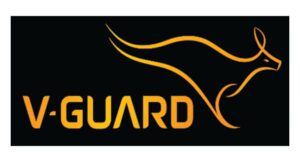
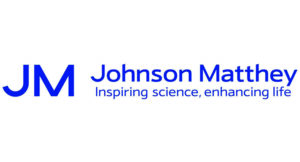
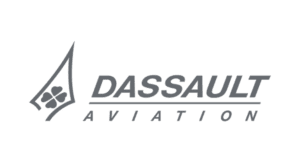
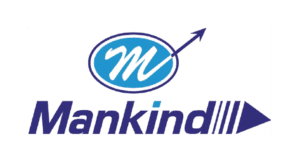


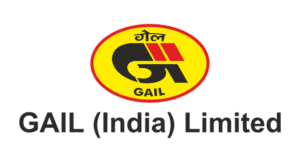


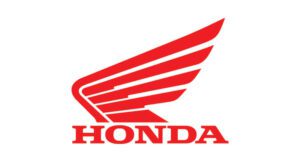
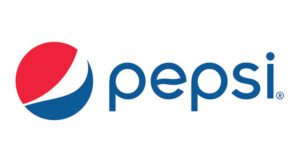
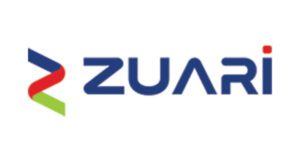
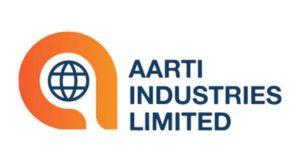

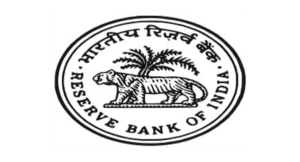
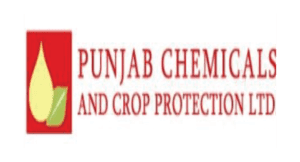


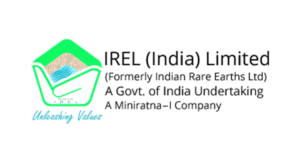

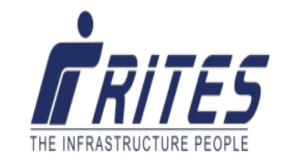
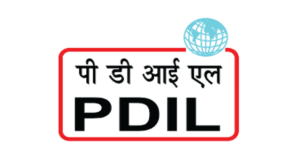


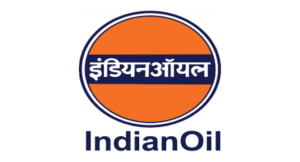





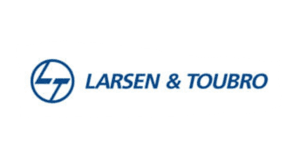








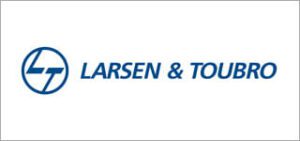
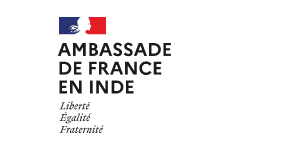
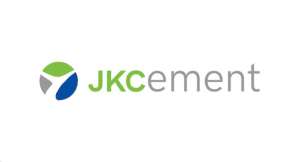
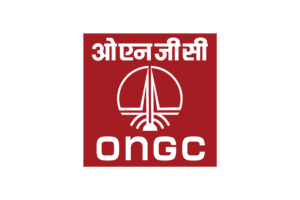
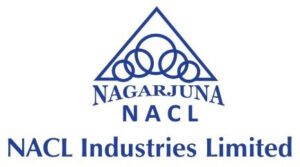



What is Dust Hazard Analysis (DHA)?
Dust Hazard Analysis (DHA) is a systematic process used to identify, evaluate, and mitigate the risks associated with combustible dust in industrial facilities. Combustible dust refers to fine particles that can ignite and cause explosions or fires when dispersed in the air under certain conditions. Dust Hazard Analysis are particularly important in industries such as food processing, woodworking, chemical manufacturing, and mining, where the presence of combustible dust can pose significant safety hazards.
The majority of powders that are used in the processing industries are combustible (also referred to as flammable, explosible). An explosion will occur if the concentration of the combustible dust that is suspended in air is sufficient to propagate flame when ignited by a sufficiently energetic ignition source. A systematic approach to identifying dust cloud explosion safety against their consequences generally involves
A systematic approach to identifying dust cloud explosion safety against their consequences generally involves:
- Identification of locations where combustible dust cloud atmospheres could be present
- Understanding of the explosion characteristics of the dust(s)
- Identification of potential ignition sources that could be present under normal and abnormal conditions
- Proper process and facility design to eliminate and/or minimize the occurrence of dust explosions and protect people and facilities against their consequences
- Adequate maintenance of facilities to prevent ignition sources and minimize dust release
Key steps in conducting a Dust Hazard Analysis (DHA) includes:
- Dust Identification and Assessment: Identify the types of combustible dust present in the facility. Different types of dust have varying levels of combustibility. Assess the characteristics of the dust, such as particle size, concentration, and ignition properties.
- Dust Generation and Dispersion: Evaluate the processes and operations that generate and disperse dust within the facility. Determine the potential sources of dust generation, its pathways, and where dust accumulations might occur.
- Area Classification: Classify the areas where combustible dust is present based on its likelihood and extent. This classification helps determine the appropriate safety measures and equipment for each zone or division.
- Ignition Sources Identification: Identify potential sources of ignition that could trigger dust explosions. These sources could include sparks, static electricity, open flames, hot surfaces, and electrical equipment.
- Risk Assessment: Assess the risks associated with dust explosions or fires. Consider factors such as the concentration of dust, potential ignition sources, ventilation conditions, and possible consequences.
- Mitigation Measures: Develop and implement measures to mitigate the identified risks. This could involve modifying processes to reduce dust generation, improving ventilation, using dust collection systems, grounding equipment to prevent static discharge, and implementing explosion protection systems.
- Documentation and Communication: Document the findings of the Dust Hazard Analysis, including the identified hazards, risk assessment results, and mitigation measures. Communicate the findings to relevant personnel, contractors, and authorities.
- Review and Update: Periodically review and update the Dust Hazard Analysis as processes, equipment, or conditions change. New processes, equipment modifications, or changes in dust characteristics could require reassessment.
The primary goal of a Dust Hazard Analysis is to prevent dust-related incidents, such as explosions and fires, by identifying potential hazards and implementing appropriate measures to control them. DHAs help ensure compliance with safety regulations, protect personnel and property, and maintain a safe working environment in facilities where combustible dust is present.
It’s important to note that conducting a Dust Hazard Analysis requires expertise in process safety, dust characteristics, and explosion prevention techniques. Organizations often collaborate with professionals who have experience in this area to perform comprehensive and accurate DHAs.
Here are some key standards related to dust hazard analysis:
Dust Hazard Analysis (DHA) standards provide guidelines, methodologies, and best practices for conducting assessments of combustible dust hazards in industrial facilities. These standards help organizations identify, evaluate, and mitigate the risks associated with dust explosions and fires.
- NFPA 652: Standard on Fundamentals of Combustible Dust
- NFPA 654: Standard for the Prevention of Fire and Dust Explosions from the Manufacturing, Processing, and Handling of Combustible Particulate Solids
- NFPA 61: Standard for the Prevention of Fires and Dust Explosions in Agricultural and Food Processing Facilities
- EN 15089: Explosive Atmospheres – Explosion Prevention and Protection – Determination of Minimum Ignition Energy of Dust/Air Mixtures
- ASTM E2931: Standard Practice for Limiting Water-Induced Damage to Buildings of Historic and Cultural Significance
- OSHA General Duty Clause and Industry-Specific Standards
These standards offer valuable guidance for identifying and mitigating combustible dust hazards through Dust Hazard Analysis. Organizations should select the appropriate standard based on their industry, specific processes, and geographical location to ensure compliance with regulations and the adoption of best practices for managing dust-related risks.
Choose Wire Consultancy for Dust Hazard Analysis (DHA)
Wire consultancy is a highly rated Risk Engineering & EHS Solutions Consultancy company that offers Dust Hazard Analysis (DHA). Wire consultancy consists of a diverse team of experienced auditors and professionals who have been working in the Dust Hazard Analysis field for over 20 years and have a deep understanding of Dust Hazard Analysis.
At Wire consultancy, we specialize in providing Dust Hazard Analysis (DHA) services. We can help you identify potential hazards on your job site, and then provide solutions for managing those risks.
In addition to providing detailed reports that outline the hazards found in your facility, we also offer training programs that teach employees how to properly handle these potential risks. This training can be conducted on-site or remotely, as needed by your business.
Similar Services
Contact
Feel free to contact us for any questions and query
Connecting with Us is Just a Click Away – Let’s Begin Your Project Hassle Free.
Our team of experienced consultants is ready to collaborate with you to achieve your engineering, safety and sustainability goals. Get in touch with us to learn more.
Our Presence
Noida
Office-03, First Floor, D-53, Sector-2,
Noida, Uttar Pradesh-201301, India
Hyderabad
SF-LM-13, Lumbini Jewel Mall
Banjara Hills Road no 2
Hyderabad 500034
For Business Enquiry
For HR Enquiry
hr@wireconsultants.com
+91-7827931701
Copyright © 2024 Wire Consultancy | All Rights Reserved
